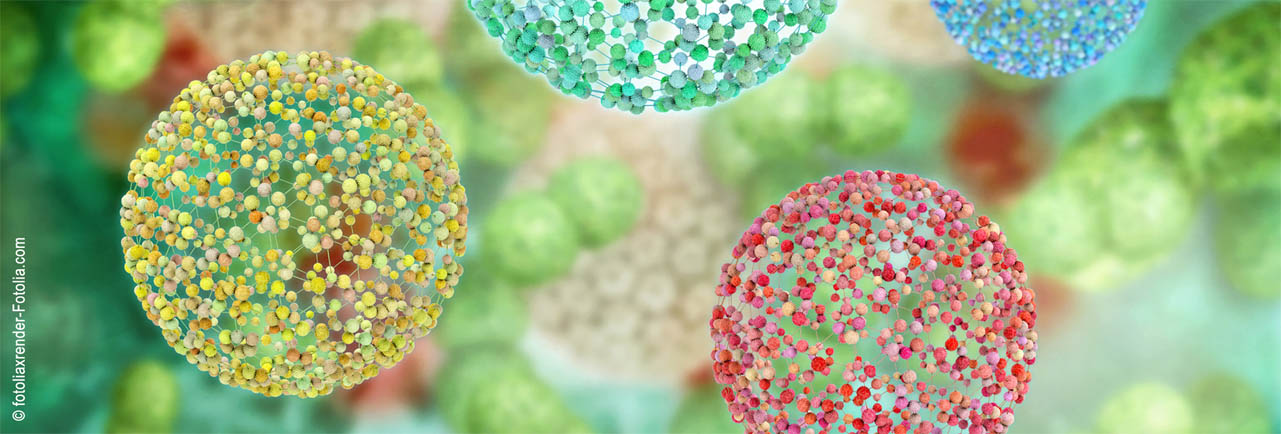Speaker
Description
Lysozyme has been widely investigated, as a convenient model protein, due to its ability to form amyloid fibrils in acidic conditions at high temperatures. Most of these studies, either those connected to the development of amyloidogenic diseases or to the formation of functional biomaterials have considered rather diluted samples, in which the lysozyme self-assembly lead to the formation of amyloid fibrils [1]. The latter might lead to the sample percolation with typical temporal scales of days. Only rarely the formation of amyloid aggregates was examined in concentrated conditions, despite their relevance in different fields going from cellular biology and medicine to biomaterial and food technologies [2]. The present work unifies molecular scale information from Fourier Transform Infrared (FTIR) spectroscopy with the structural information in the nano and mesoscale obtained by Small Angle X-ray Scattering (SAXS). This approach enables us to describe the thermal unfolding, aggregation and disaggregation processes of highly concentrated lysozyme solutions, and identify the molecular interactions that generate the amyloid oligomeric structures [3, 4], together with their length scales. Amyloid oligomers can further interconnect with each other forming an extended network that leads to the percolation of the whole system. Molecular interactions influence the size and the morphology of the formed nanoaggregates, and the macroscopic viscoelastic properties. The latter information is obtained by Heterodyne Transient Grating (HD-TG) non-linear spectroscopy [5]. Through the used multi-length scale spectroscopic investigations, this work emphasizes a strong relation between the macroscopic, mesoscopic, and molecular properties of lysozyme self-assembly, and highlights its well-defined hierarchy.
[1] Journal of the American Chemical Society 143.30 (2021): 11473-11481.
[2] Advanced materials 28.31 (2016): 6546-6561.
[3] Journal of the American Chemical Society 136.25 (2014): 8947-8956.
[4] Biomacromolecules 22.3 (2021): 1147-1158.
[5] Applied Sciences 9.3 (2019): 405.

